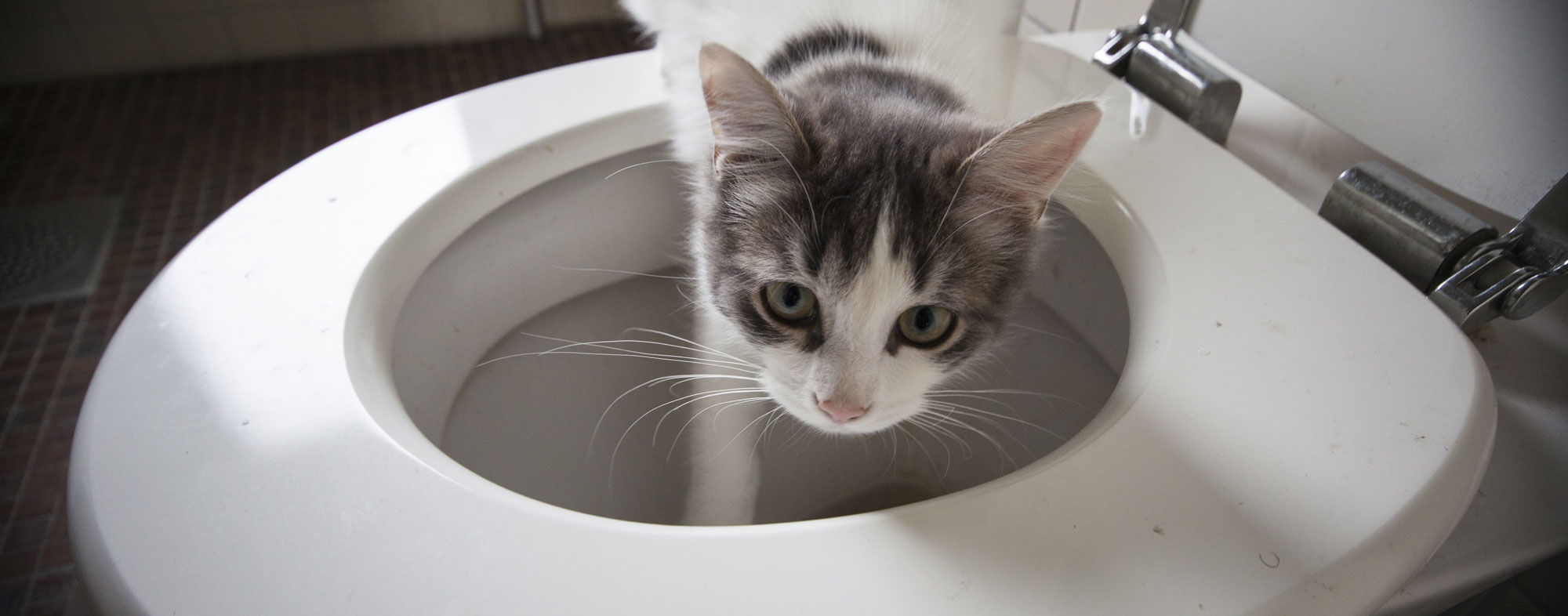Potential Issues of Flushing Cat Poop Down Your Toilet - Protect Your Plumbing
Potential Issues of Flushing Cat Poop Down Your Toilet - Protect Your Plumbing
Blog Article
What are your beliefs about How to Dispose of Cat Poop and Litter Without Plastic Bags?

Introduction
As cat owners, it's necessary to bear in mind just how we dispose of our feline pals' waste. While it might appear convenient to flush feline poop down the bathroom, this technique can have destructive effects for both the environment and human health.
Environmental Impact
Flushing cat poop introduces damaging microorganisms and bloodsuckers right into the water, presenting a substantial threat to marine environments. These pollutants can adversely impact marine life and compromise water quality.
Health Risks
Along with ecological problems, flushing cat waste can also position health risks to humans. Cat feces may contain Toxoplasma gondii, a parasite that can trigger toxoplasmosis-- a potentially serious disease, particularly for expectant females and people with weakened immune systems.
Alternatives to Flushing
The good news is, there are more secure and a lot more responsible means to take care of pet cat poop. Think about the complying with choices:
1. Scoop and Dispose in Trash
One of the most common method of taking care of pet cat poop is to scoop it into a biodegradable bag and toss it in the garbage. Be sure to use a committed trash scoop and take care of the waste immediately.
2. Use Biodegradable Litter
Opt for naturally degradable cat trash made from materials such as corn or wheat. These clutters are environmentally friendly and can be safely gotten rid of in the garbage.
3. Hide in the Yard
If you have a yard, take into consideration burying pet cat waste in a designated location away from veggie gardens and water resources. Be sure to dig deep adequate to avoid contamination of groundwater.
4. Mount a Pet Waste Disposal System
Purchase a pet waste disposal system particularly designed for pet cat waste. These systems use enzymes to break down the waste, minimizing smell and environmental influence.
Final thought
Liable animal possession prolongs beyond offering food and shelter-- it additionally involves appropriate waste monitoring. By avoiding flushing feline poop down the bathroom and going with different disposal approaches, we can reduce our ecological footprint and safeguard human wellness.
Why You Should Never Flush Cat Poop Down the Toilet
A rose by any other name might smell as sweet, but not all poop is created equal. Toilets, and our sewage systems, are designed for human excrement, not animal waste. It might seem like it couldn’t hurt to toss cat feces into the loo, but it’s not a good idea to flush cat poop in the toilet.
First and foremost, assuming your cat uses a litter box, any waste is going to have litter on it. And even the smallest amount of litter can wreak havoc on plumbing.
Over time, small amounts build up, filling up your septic system. Most litter sold today is clumping; it is made from a type of clay that hardens when it gets wet. Ever tried to scrape old clumps from the bottom of a litter box? You know just how cement-hard it can get!
Now imagine just a small clump of that stuck in your pipes. A simple de-clogger like Drano isn’t going to cut it. And that means it’s going to cost you big time to fix it.
Parasitic Contamination
Believe it or not, your healthy kitty may be harboring a nasty parasite. Only cats excrete Toxoplasma in their feces. Yet it rarely causes serious health issues in the cats that are infected. Most people will be fine too if infected. Only pregnant women and people with compromised immune systems are at risk. (If you’ve ever heard how women who are expecting are excused from litter cleaning duty, Toxoplasma is why.)
But other animals may have a problem if infected with the parasite. And human water treatment systems aren’t designed to handle it. As a result, the systems don’t remove the parasite before discharging wastewater into local waterways. Fish, shellfish, and other marine life — otters in particular — are susceptible to toxoplasma. If exposed, most will end up with brain damage and many will die.
Depending on the species of fish, they may end up on someone’s fish hook and, ultimately on someone’s dinner plate. If that someone has a chronic illness, they’re at risk.
Skip the Toilet Training
We know there are folks out there who like to toilet train their cats. And we give them props, it takes a lot of work. But thanks to the toxoplasma, it’s not a good idea.

Hopefully you enjoyed our part on How to Dispose of Cat Poop and Litter Without Plastic Bags. Thanks a ton for taking the time to read our article. Are you aware of someone else who is very much interested in the niche? Why not promote it. Kudos for your time. Come back soon.
Appointment Report this page